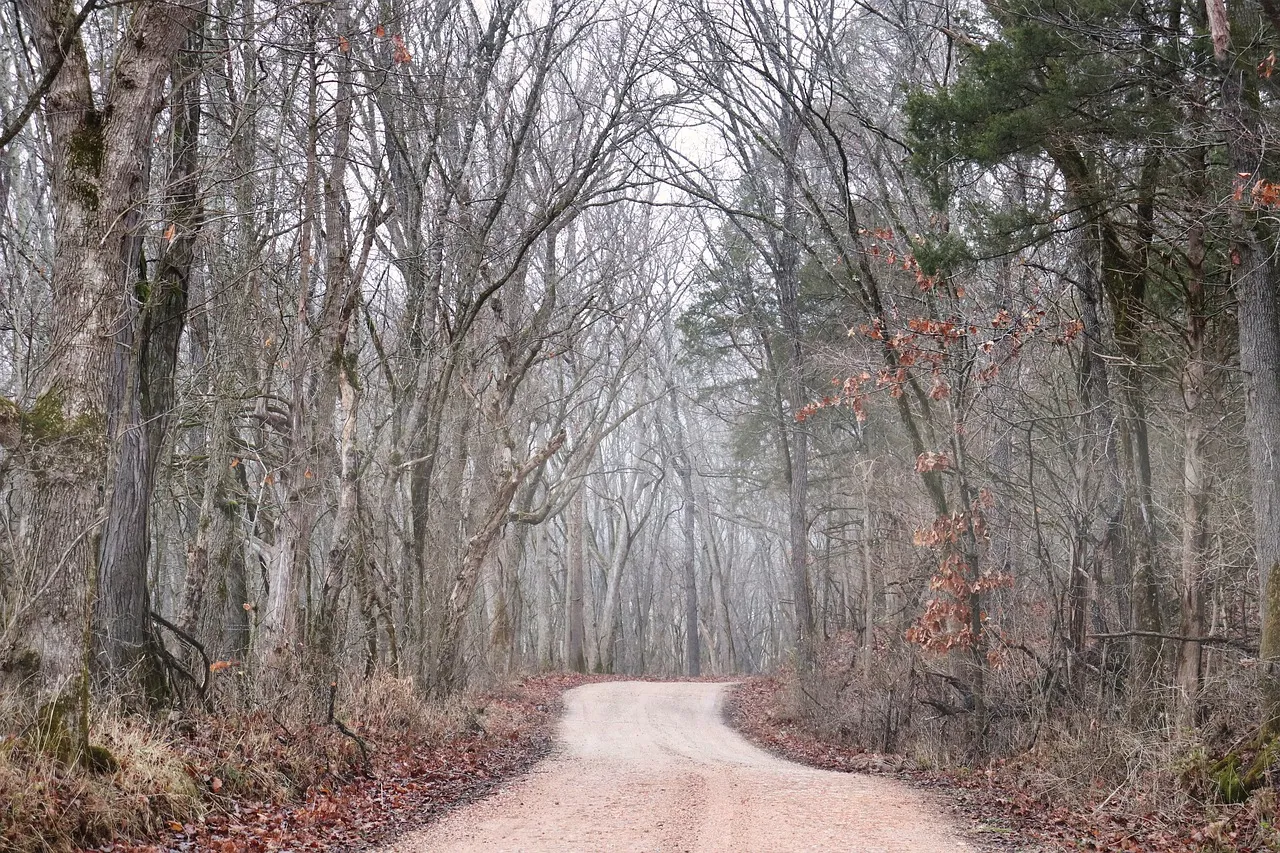One of the most distinctive features of the autumn season is the riot of colors in nature. The leaves of the trees change color from green to bright yellow, orange, red and brown. Trees, like some animals, store energy and nutrients in their bodies in spring and summer and go into a resting period in winter. In the spring and summer, plants and trees convert sunlight into energy by photosynthesis. All plants contain various pigments that give color. Chlorophyll pigment, which gives leaves their green color, is a chemical component that enables photosynthesis to take place. However, in autumn and winter, as there is not enough light and water for photosynthesis to take place, the level of chlorophyll in the leaves decreases and other color pigments begin to emerge. These; xanthophyll gives the leaves yellow color, carotene gives orange color and anthocyanin gives red color. Although all these color pigments are constantly present in all leaves, the leaves are green in color and other pigments are masked because chlorophyll, which gives the green color, is dominant. When the chlorophyll in the leaf starts to decrease with the cooling of the weather, the bright orange and yellow colors of the carotenes; Then, as the amount of phosphate in the leaves decreases, the red and purple colors of anthocyanins dominate the leaves. Autumn colors mainly consist of yellow and red. Some yellow leaves turn brown in the later days of autumn. After this color change, all the leaves on the trees fall as soon as possible.
